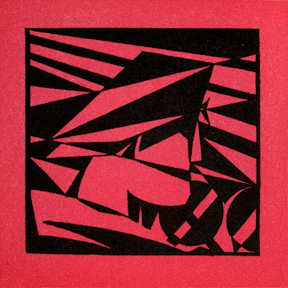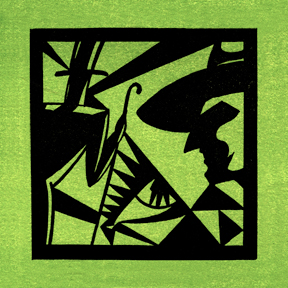Year: 2013
Merry Christmas from Cladrite Radio—and Carole Lombard!
Here’s wishing a very merry Christmas and a happy and healthy new year to Cladrite Radio readers and listeners everywhere!
And as a gift from us to you, we’re placing Carole Lombard, ca. 1927, under the tree.

P.S. A reader sent this image our way, so we don’t know who “The Giant” might be—we would otherwise give due credit for the picture’s tinting. But here’s a tip of the fedora to said Giant, wherever and whomever he (or she) may be.
Have an OTR Christmas!
 The hours till Christmas are dwindling down, and the way we figure it, odds are pretty good that you’re looking to kill a little time right about now.
The hours till Christmas are dwindling down, and the way we figure it, odds are pretty good that you’re looking to kill a little time right about now.
You’re either stuck at the office on Christmas Eve, but with precious little to actually do. Or you’ve already headed home for the holidays but found the first wave of small talk has subsided and you’re left with not too much to say to your various and sundry relatives.
Or heaven forbid, you’re stuck in a flight delay at the airport, in which case you could surely use a pleasing distraction.
As we’ve stated in this space before, we have nothing whatsoever to do with OTRCat.com, purveyors of audio collections of old-time radio programs. We don’t benefit in any way from offering plugs for them.
But we enjoy listening to old radio programs and we like it that, when major holidays roll around, the good folks at OTRCat make it a practice to offer a round-up of timely broadcasts for the streaming (or, if you prefer, the downloading), absolutely free.
This week, as you might guess, they’ve got a line-up of a dozen shows with a Christmas theme, and the range of genres and decades is impressive. You can catch everything from comedies (Burns and Allen, Jack Benny) to mystery-horror (Lights Out, The Weird Circle), musical variety programs (Kraft Music Hall featuring Bing Crosby), and even cop shows (Dragnet).
Speaking of Dragnet, we’re sharing that one below, just to whet your appetite—but we strongly recommend you head over to OTRCat.com to see the entire line-up. And why not consider making a purchase of one of their entertaining collections of OTR programs while you’re at it? They couldn’t be more affordable, and they make great holiday gifts for those vintage-minded individuals on your gift list.
Dragnet: “Twenty-two Rifle for Christmas” (12/21/1950; 28:44)
365 Nights in Hollywood: Montmartre Memorabilia
MONTMARTRE MEMORABILIA
We Love Lucy, Even in Color
We’re looking forward to tonight’s I Love Lucy Christmas special on CBS—so much so that we don’t even mind that it’s been colorized, a process we usually don’t have much use for.
For one thing, the colorizing technology has improved so much over the years, it makes hard to object terribly strenuously (though you’d still hear us howling if they were to colorize The Maltese Falcon, Casablanca or some other black-and-white cinematic masterpiece).
Today’s hour-long offering includes a 1956 Christmas episode that places colorized wraparound segments around a number of flashbacks of classic scenes (which for some reason are not colorized—why, we’ve no clue) and the familiar episode that finds the Ricardos and the Mertzes traveling to Rome, where Lucy and Ethel taking a run at stomping grapes at a winery (this episode, if we understand correctly, is colorized).
The colorized fun begins at 8 p.m. ET on CBS, and to whet your appetite, here’s a snippet from the Christmas episode.


